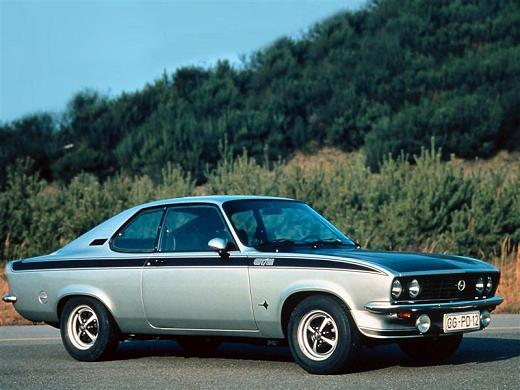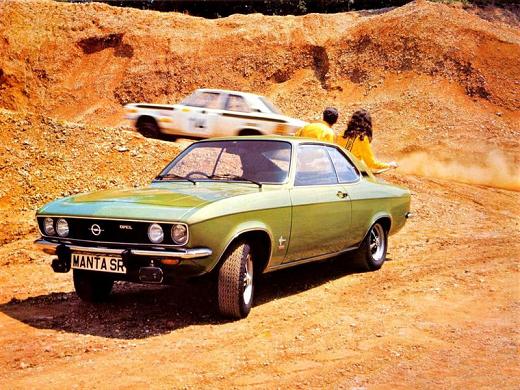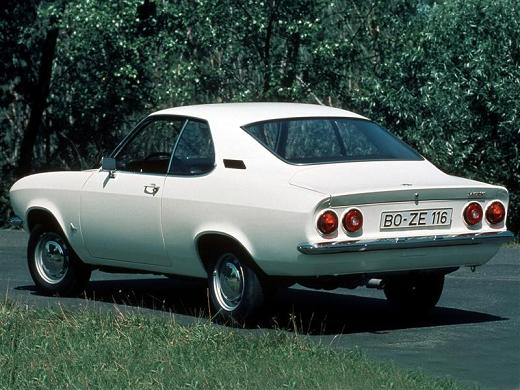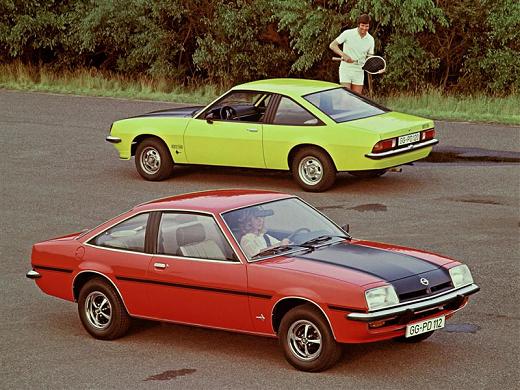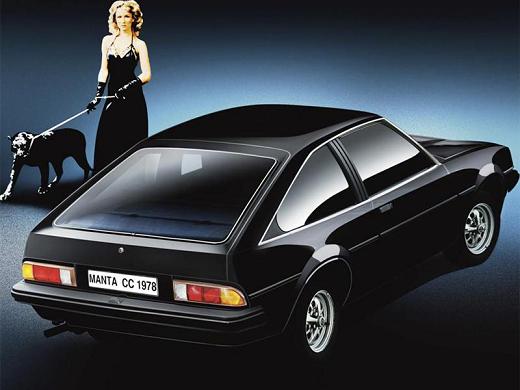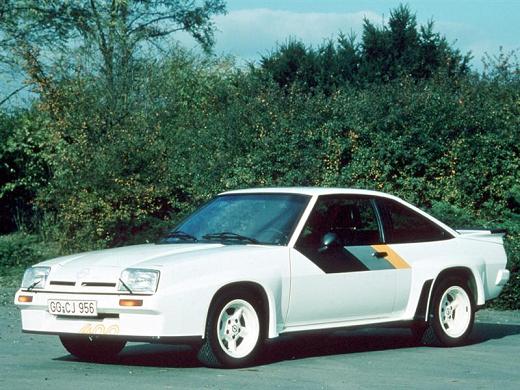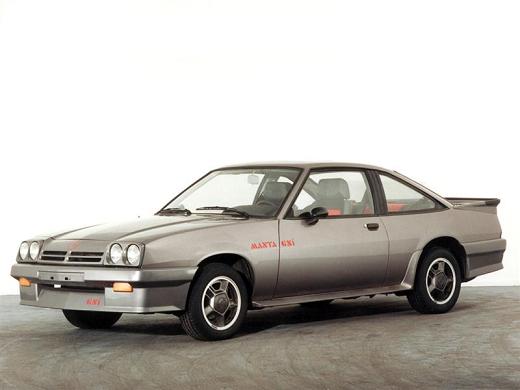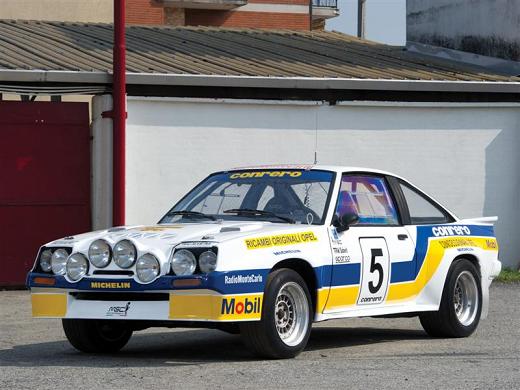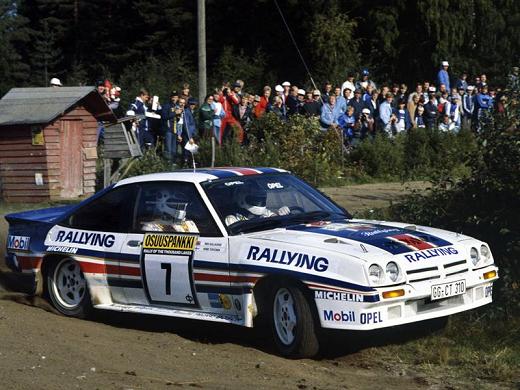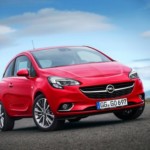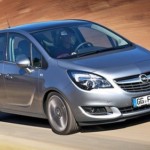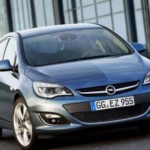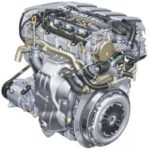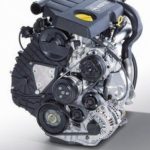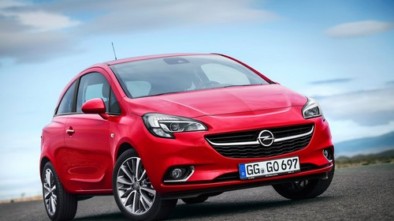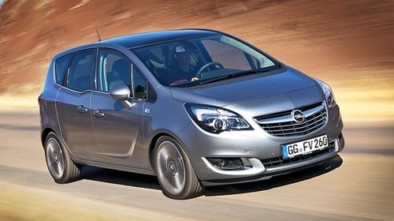Opel Manta (1970 - 1988) - Model history
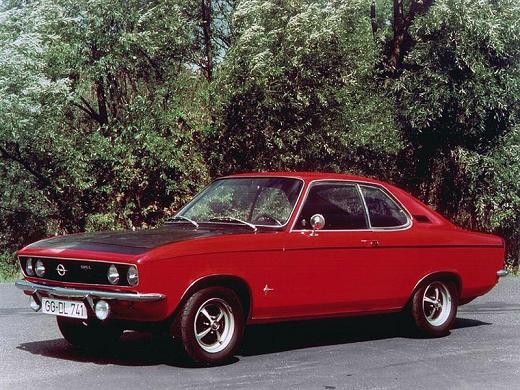
Opel Manta
The old saying goes that competition is good because it forces companies to get the most out of their products.
In the auto industry, one of the biggest rivalries is seen between General Motors and Ford and over the long history of these two giants, many cars have left factories just to compete with rivals. It's hard to imagine, say Ford granted Thunderbird that it did not exist Chevrolet Corvette or for Chevrolet to introduce the Camaro if it wasn't for the Ford Mustang. A similar situation existed in the European market where the European divisions of these two companies, Ford EU and Opel, played a key role. Ford gained great fame in the 1960s on the tracks and wins in the famous Le Mans, Indy, Rally, Drag Racing and NASCAR competitions. Thanks to these successes, Ford had a fair amount of money to invest, resulting in the company’s first pony car.
When the Mustang was introduced in 1964, it gained popularity overnight thanks to its attractive sports design, long choice of equipment and low cost. Until the late 1960s, the European market largely ignored this class and sports car buyers opted for one of the British roadsters or a larger car in the coupe version. The situation changes in 1969 when Ford Introduces Capri Model which was done with a similar formula to the Mustang, but understandably smaller. Capri quickly gained popularity and became a huge hit in the first year with over 400,000 copies sold. Although there was a rule for the two companies to follow what the other was doing, Opel ignored this market from the start. Model sale Cadet, Ascona and Record reached record numbers, new factories were opened, and the company began exporting cars to the largest market in the world - the US.
However, the excellent sales of Capria did not give peace to the leading people of Opel and in mid-1969. The German giant gives the green light to produce a similar car. Just as Capri was based on the Cortina model, with which he shared the platform and most of the mechanics, so did the Opel representative to share the platform with some of the already existing cars. After a brief search, the choice fell on the Ascona model, which was also due to make its debut in 1970. The name choice fell on the Manta after one of the most unusual sea creatures, which, by its looks, instills fear and trembling at first glance. Opel wanted a similar impression with its three-door fastback-style car.
On the design side, the front of the Manta provided a somber look, double headlights and long roof lines believed to have been copied from racing Ferraris. To get the impression of a sports car, Opel has largely copied the design from the small two-seater GT. The standard engine was a 1.2L that developed 60 hp, but the most popular version was a 1.6L engine that developed 75 hp. At the top of the offer was a 1.9L engine that came in two versions, with 90hp and 105hp. The sale started very promising, although it still lagged behind Capriem, and the main reason is the rich offer. For fans of the sport model, Opel has offered a Mantu Rallye with sports leather seats, a 1.9L engine and a manual transmission. For those who, however, wanted a higher level of luxury on offer, the Opel Manta Luxur with a better interior, a three-speed automatic transmission and a vinyl roof was also on offer.
Interestingly, although the Opel Manta was developed exclusively for European buyers, most of the specimens sold ended up in the US market. Opel exported its models to the US market during the mid-1950s and sold them through Buick showrooms, and when the oil crisis followed in the early 1970s, smaller and economical cars became very popular. In the first six years of production, Opel sold around 500,000 Manti worldwide, most of it in the US market, but withdrew from this market after 1975 thanks to the very strong German mark against the dollar. Interestingly, in the early 1970s, Opel also experimented with turbo engines that began to gain popularity during the period, thanks to the popular Porsche 911.
Opel made 55 prototypes, with a 1.9L 156-hp turbo engine to test, but only a few survived. Although the Opel Manta turbo was developing high power, consumption was significantly higher compared to the atmospheric models, and the turbo technology was quite new to eliminate all the pain overnight. Opel has also experimented with V6 engines, and this is one of the fastest first-generation Opel Manta models. Specifically, in 1972 Opel introduced a 2.8hp 6L V142 engine in the Manto from the model Commodore resulting in acceleration to 100 km / h in just 7.5 seconds. A total of 79 copies were produced, mainly for motor racing, where power was increased to 230 hp, but very few ended up on the streets due to the very high cost.
The second generation was introduced in 1975 and largely resembled the American cousin Chevrolet Monza. On the mechanical side, the new Opel Manta was very similar to its predecessor with the exception of the addition of another engine - the 2.0L, which developed 110 hp. Unfortunately, due to the discontinuation of exports to the US market, sales were very disappointing, and already in the late 1970s it began to gloomy that Opel was planning to shut down the Manta due to the high production costs. Specifically, Opel was then working on a third-generation Ascona, which was supposed to debut in 1981 with a front towing, which required the Manta to have its own platform. Opel tried to reach the audience by presenting special versions, such as the 1978-1979 convertible, which was produced in only 118 units as well as sports GT / E and GSi versions, but the audience reacted poorly to these models.
However, that was not the end. In the late 1970s, Opel decided to invest in the Rally World Championship with two models - Ascona and Manta. Although the Ascona has had much more success thanks to better weight distribution, the Opel Manta has also left a solid mark. In 1979, Opel started to cooperate with two tuning companies, Idmscher from Germany and Cosworth from Britain. The two companies have prepared special rally models that had 2.0L engines with over 230 hp, and a total of 245 copies were produced for street use for type approval. Unfortunately, in the two years of the competition, Manta has not had a rally in success as Kadett's predecessor and has not achieved any podium position. Reli Ascona went much better after suffering early with a second place finish in the 1982 season and a third place finish in the 1983 season.
Batch production continued until 1988 when the last specimen came off the strip of the factory in Germany. Turning off this car came as no surprise as the audience turned to mostly more efficient front-wheel-drive models. Ford Capri, a former major rival, also did not survive this period and was shut down after 1986. During the 13 years of second-generation production, Opel delivered 558,883 Manti, giving a total of 1,056,436 units. Today the Opel Manta is a well-regarded classic that is hard to find in its original and good condition. Prices have increased significantly in recent years and a well preserved specimen can be found for under € 10,000.
In 1989, the Calibra, which had the technology once planned with the Manti, such as the front traction, turbo I4 and V6 engine, debuted in XNUMX, but still left no noticeable mark and remained in the market for only ten years. Even its replacement, the Astra Coupe, has never been sold in large numbers, suggesting that the Manta is Opel's last real sports car.
Author: Talladega
Pictures: Opel
Retrieved from: www.brzabrzina.com
Recommendation of similar texts:

Hi there, I am Mladen and I am an auto enthusiast. I started this blog years ago to help like minded people share information about latest cars, car servicing ideas, used car info, exotic cars, and auto technology. You will find helpful articles and videos on a wide variety of cars - Audi, Mercedes, Toyota, Porsche, Volvo, BMW and much more. Ping us if you have anything cool to share on latest cars or on how to make older cars more efficient, or just want to say hi!

